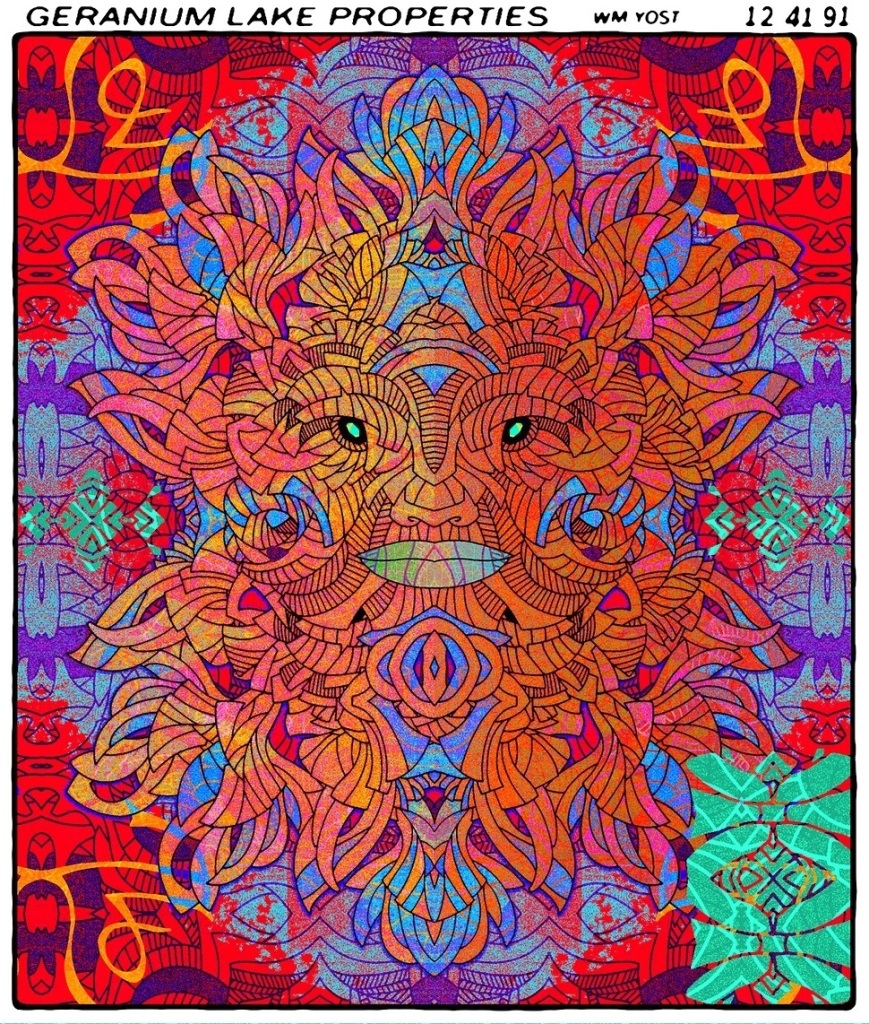
In the traditional history (which is more legend than history) of the Inultaru, the ancient nations of their people would use as many as four different calendars to figure out the auspicious days and seasons of the year. In one of those calendars, the Kalyavella* calendar, every month was thirty days long, and in every second year, called Yoremdeyu, December was forty days long, and in every second second year, called Yoremdeyudeyu, December was forty-one days long. The Inultaru abandoned the use of this calendar long ago, and they switched from the Julian calendar to the Gregorian calendar along with the Catholic countries of Europe in the sixteenth and seventeenth centuries.
A cultural vestige of the old Kalyavella calendar persists. The extra ten (or eleven) days in December became a natural interlude called ayda yorrem-koossa, “a walk on the moon”. It was a holiday observed without deities or pieties, without precise traditions or feast days. It was known for its sense of timelessness, an interval where your past and future carried no consequences, where you could make a place to escape your memories, your hopes, your worries, and your desires. Nowadays, it is a largely forgotten holiday, except that in December, a Jackalopian grandmother might wistfully ask, “Wouldn’t it be nice to go for a walk on the moon this year?” and everybody knows what she means.
*Jackalopes attribute the invention of this calendar to Kandranna Kalyavella, a mythical figure who often carries the blame for inadequate technologies brought about by the ignorance of past generations.